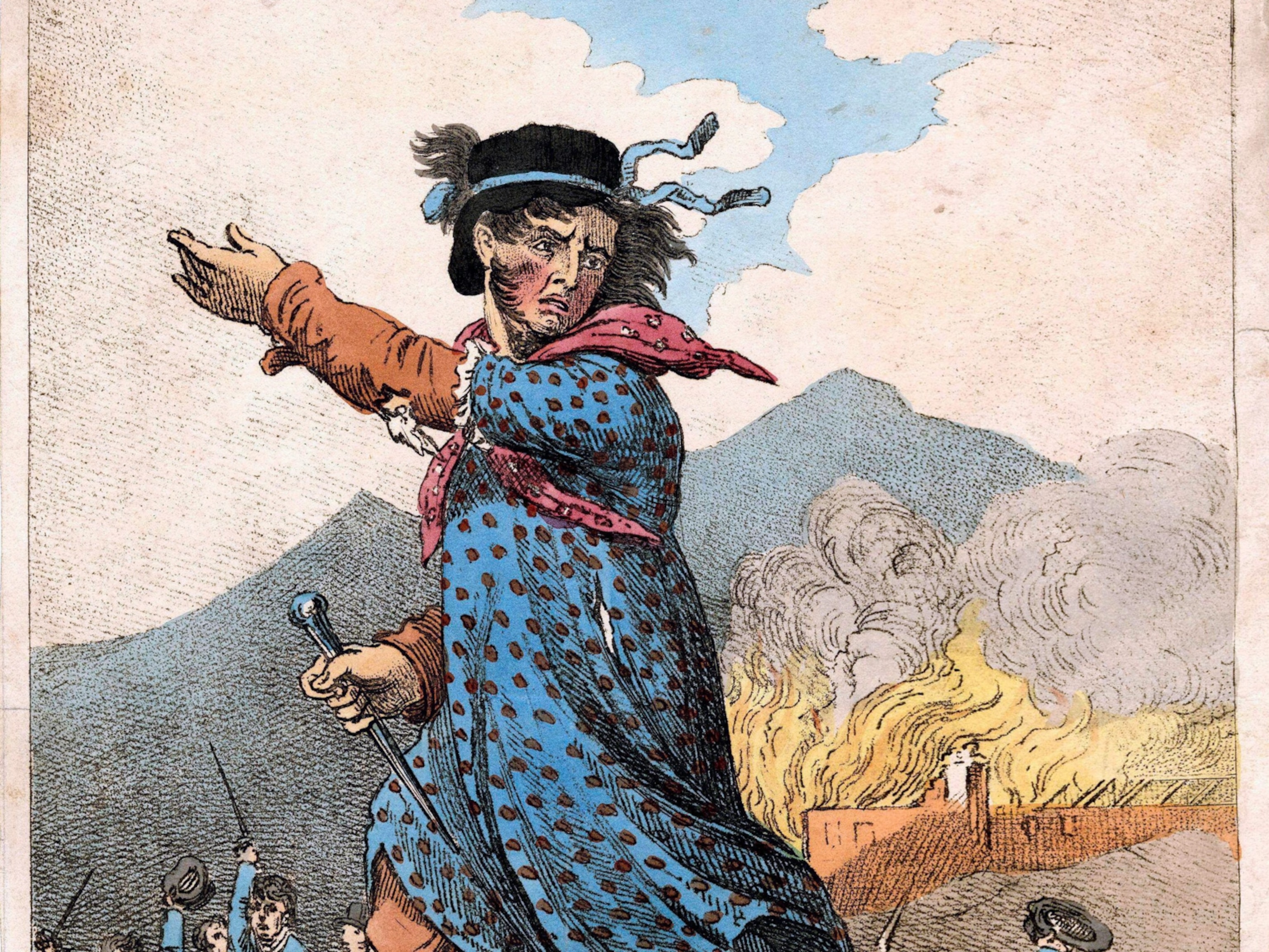
Picture Archives: Louisville Slugger Factory, 1932
The making of baseball's most popular bat
Major League Baseball's 2013 spring training is officially under way. By some estimates, 60 percent of the ballplayers gathering in the Arizona and Florida sun will be swinging Louisville Sluggers.
In fact, January through opening day—March 31 this year—is the busiest time for the company's batmakers. A player will test different models through spring training before settling on a weapon of choice for the season.
This photo was taken by National Geographic photographer Edwin L. Wisherd at the Louisville Slugger factory in 1932. "Baseball bats for big league stars are all handmade, and carefully turned by skilled workmen," read the archive notes accompanying the photo.
"Note the scales in the window, each bat must weigh the same."
It took a skilled craftsman about 20 minutes to make each one.
Consistency was critical. Ted Williams, who took the professional field five years after this shot was taken, was so meticulous that he once shipped an order of bats back to the manufacturer, saying something was wrong. When the batmakers inspected them, it turned out that the size around the barrel was a tenth of an inch off, says Louisville Slugger museum executive director Nathan Stalvey.
Now made mostly by machine, there's a big market for bats in major league ball. Some players go through dozens in a season. As yet unattached in 2013, swatter Johnny Damon in particular has a reputation for shattering them. On the other side of the mound, over an 18-season career pitching for the New York Yankees, Mariano Rivera has broken the most—more than 700 by one estimate.
In its 120 years, Louisville Slugger has sold more than a hundred million bats.
The company won its renown slowly though. Seventeen-year-old Bud Hillerich ditched work at his father's woodworking shop in Kentucky one day in 1884 to watch the local major league team, the Louisville Eclipse, play an afternoon game.
When team star Pete Browning, already in a hitting slump, broke his bat, Hillerich—a hobbyist batmaker—invited him back to the shop, promising a custom swatter. Legend has it that Browning got three hits in the next game, reminding everyone why he was called the Louisville Slugger.
Thus was born a product line and a company name. But the name wasn't patented for another ten years; Hillerich's father was convinced his shop's future was in railings, porch columns, and butter churns.
In the early 1900s sport legend Honus Wagner, then with the Pittsburgh Pirates, lent his moniker to a bat—the first professional athlete to endorse a product—and by 1923 Louisville Slugger was selling more bats than any other company, producing a million a year.
Lou Gehrig, Joe DiMaggio, Mickey Mantle, and Hank Aaron all used Sluggers, as did 80 percent of Cooperstown's Hall-of-Famers and as does Yankee Alex Rodriguez today. A-Rod's teammate Derek Jeter has used the same model his whole career—the P72.
Stalvey says that the prize object in the company's history is from Babe Ruth. When Ruth hit 60 home runs in 1927, the first 21 were off the same bat. He notched the bat's company insignia once for each. When it broke on the 21st homer, he sent it back to the Louisville Slugger factory with a note asking them to make him some more just like it.





